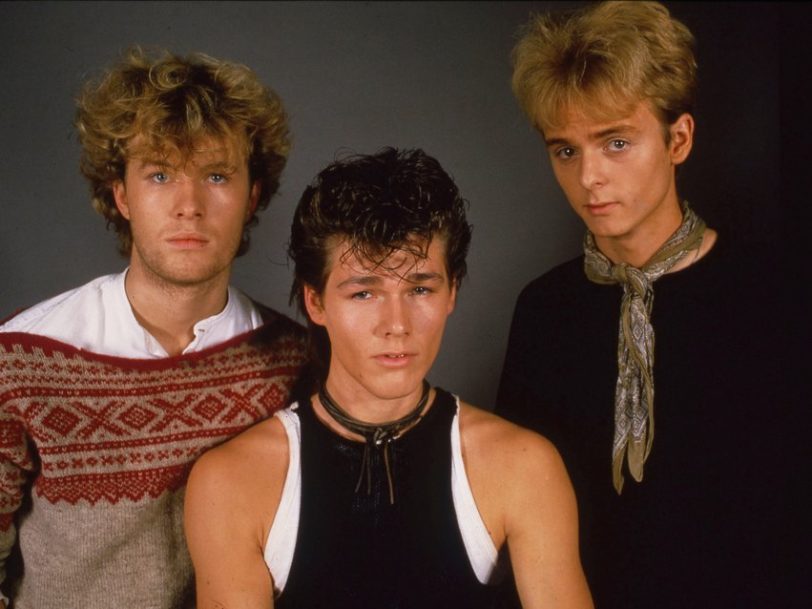Many people think a-ha are a one-hit wonder. Why? Three words: Take On Me. Originally released on 19 October 1984, it was known as The Juicy Fruit Song when a-ha predecessors bridges wrote it. Reworked as Take On Me, the song then went through a re-recording and two passes at a promo video before becoming a smash hit that reached No.2 on the UK singles chart and broke No.1 almost everywhere else – including the group’s homeland of Norway – in 1985. Cementing a-ha’s place in the pop firmament, on 19 October 1985, a year to the day after the first version was released, the re-recorded Take On Me topped the US charts.
But it’s Take On Me’s very success that overshadows a-ha’s other material – you know, their ten studio records and 30-plus singles, at least a third of which hit No.1 in various countries around the world, from the UK to Belarus to Argentina.
So why is a-ha’s wider discography largely ignored? Could Take On Me just be that good? Well, no. Any serious a-ha fan will tell you of the wonders of The Sun Always Shines On T.V., the surreptitious love song I’ve Been Losing You and the monumental vocal range displayed by frontman Morten Harket on Summer Moved On. Granted, most listeners aren’t serious a-ha fans, but the fact remains: the Norwegian trio have an incredible back catalogue. Nine times out of ten, however, if a radio DJ mentions them, the next track after the break will be Take On Me.




